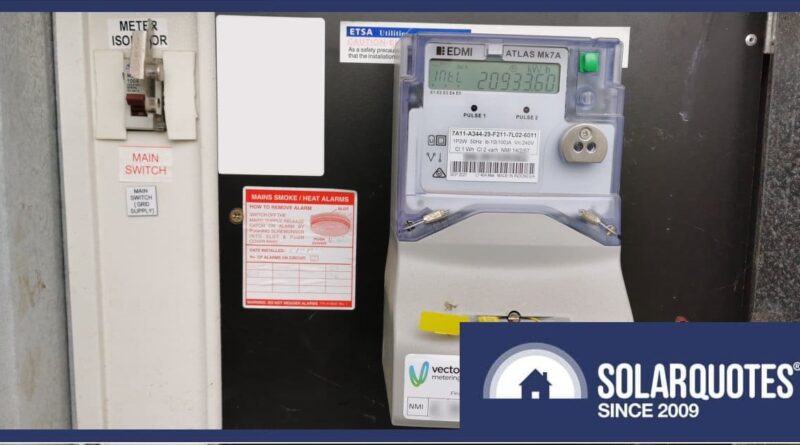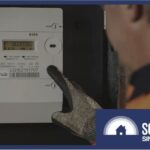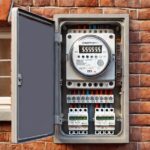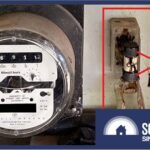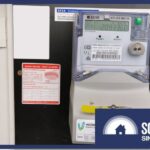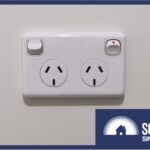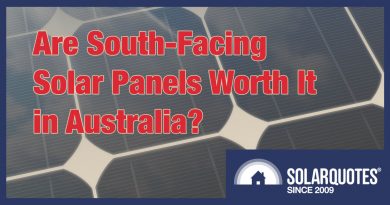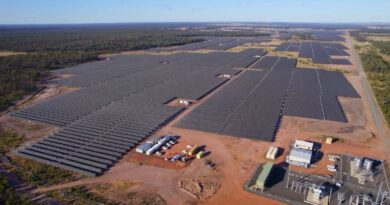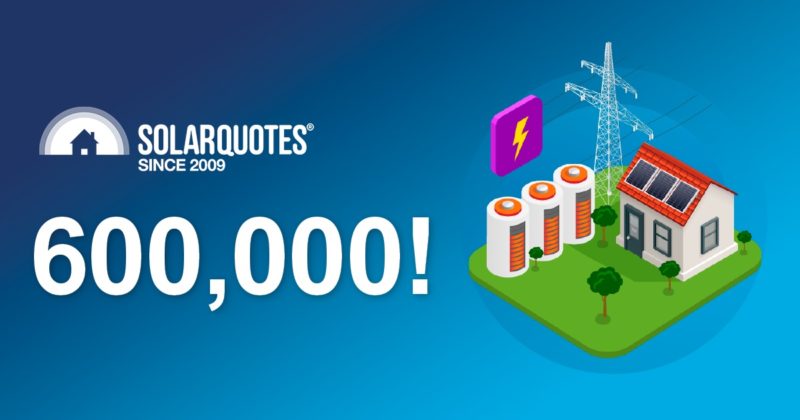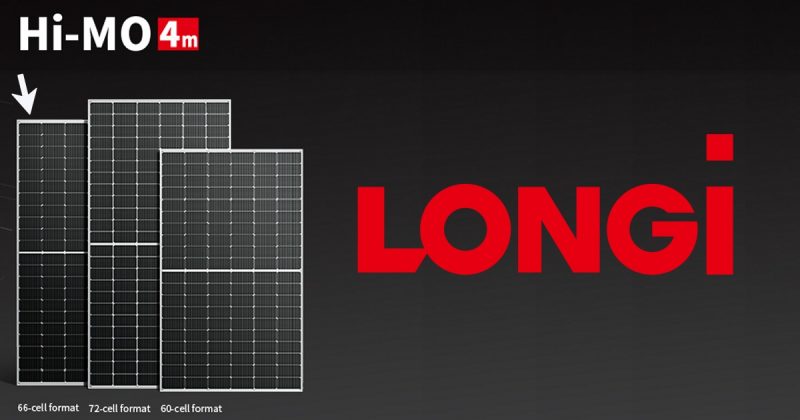Australian Smart Meter Rollout Update
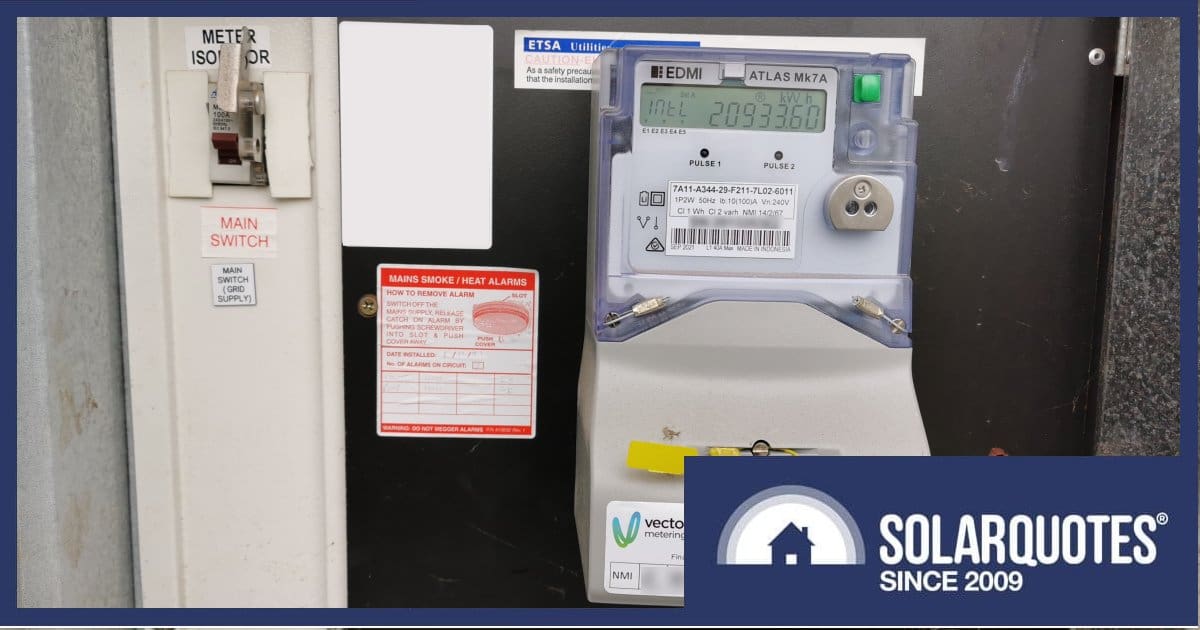
The Australian Energy Regulator published its 2024 electricity and gas networks performance report last week, which included an update on the nation’s smart meter rollout as at the end of June last year.
A smart meter measures electricity consumption and exports (where a household has solar panels) at regular intervals, and transmits this data to the household’s electricity retailer for billing purposes. Aside from putting meter readers out of a job, smart meters give customers access to more information about how and when they consume and export electricity1, and allow for different plan pricing models such as Time-of-Use (ToU) tariffs.
All new and replacement meters have been smart meters for some time. For those having a solar power system installed, a smart meter switch-out is part of that process unless one is already in place. It’s the Australian Electricity Market Commission’s (AEMC’s) goal to have smart meters rolled out to all homes by 2030.
So, how are things tracking?
Smart Meter Saturation Stats
Victoria has been done and dusted for some years. The state’s Distributed Network Service Providers (DNSPs) effectively completed their rollout back in 2015 according to the AER, with on average 99.6% of residential customers having a smart meter.
As for the other states, Tasmania had the next highest saturation at around 63% by the end of the 2023 regulatory period, and has continued to power ahead with its rollout since. Earlier this week the state’s Minister for Energy and Renewables, Nick Duigan, said Tasmania had reached 79 per cent at the end of August 2024; so quite a jump.
Next in line was New South Wales at around 42%. However, the AER notes this is due in part to Ausgrid’s type 5 meters, which the AER classifies as being smart meters. These are being replaced as part of the AEMC’s recommendations for the nationwide rollout. Type 5 metering installations record 30 minute interval data, but have to be manually read. At the end of the 2023 regulatory year, Ausgrid had 265,923 residential type 5 meters in place.
As for the other jurisdictions2, they had achieved approximately 35% to 40% of residential customers with smart meters. So, there was still a long way to go and the clock is ticking to meet the AEMC’s 2030 goal.
“In comparing smart meter installations in 2022 to 2023, there has been an increase of at least 6% for residential customers in all jurisdictions, with considerable increases in Tasmania and the NT,” says the AER. “This contrasts to non-residential (low voltage customers), where no jurisdiction had an increase of more than 5%, and the ACT had a decrease in their smart meter installations.”
Rollout Not All Smooth Sailing
Some electricity retailers have been behaving badly, using the smart meter rollout to force customers on to time-of-use or other unexpected tariff changes. The AEMC is aware of a number of complaints of this nature and is currently undertaking what it says is a “consumer-focused” comprehensive review of electricity pricing, products and services.
In August, the AEMC announced a consultation on proposed rule changes that would, among other things, ban electricity customers who have had a smart meter installed being subjected to tariff switches without their consent. That consultation closed on the 12th of September and the AER’s final determination will be published on 28 November 2024.
Trivia – according to the AER report, 145,000 gigawatt hours of electricity was delivered by distribution networks across Australia (excluding WA) in the 2023 regulatory year. The total length of overhead lines and underground cables in distribution and transmission networks had reached 805,000 kilometres, and 11 million customers were connected to networks.
Original Source: https://www.solarquotes.com.au/blog/australia-smart-meters-mb3015/

